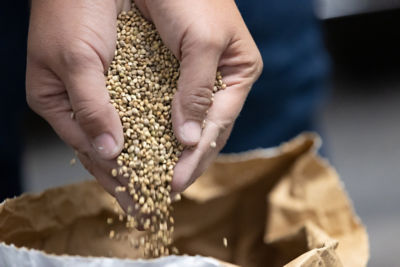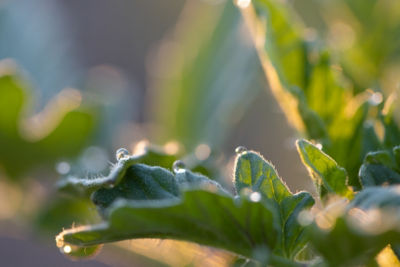Causal Agent
Sclerotinia sclerotiorum Sclerotinia minor
Distribution
Worldwide
Symptoms
This fungus can infect the leaves, stems, petioles and occasionally the fruit. Initially, water-soaked lesions develop on the stem, eventually causing a softening of the infected area. Typically, a white fungal growth develops on the lesions. A progressive soft decay of external tissues is followed by an internal hollowing of the pith. Large areas of the stem eventually die, becoming dry and tan-gray. Irregular shaped black pebble-like bodies called sclerotia can be found on the surface and inside the stems, and are diagnostic for this disease. Infected fruit develop grayish lesions that quickly turn into a watery rot with white fungal growth and sclerotia developing on the lesion surface.
 White mycelium and gray sclerotia on infected fruit.
White mycelium and gray sclerotia on infected fruit.
Conditions for Development
This fungus has a wide host range and it can survive as sclerotia in the soil and infested plant debris from one season to the next. Sclerotia are the main source of inoculum for this disease. Conditions of prolonged moisture from high humidity, frequent rains, dews and fog, and moderate temperatures between 16-21°C (61-70°F), favor disease development
Control
Fumigation or steam sterilization of the soil, and the timely application of fungicides, can help reduce losses from this disease. Also, good cultural practices such as sanitation, crop rotation and providing good drainage and ventilation will help reduce losses. Avoid planting in fields that have previously had this disease when possible.



